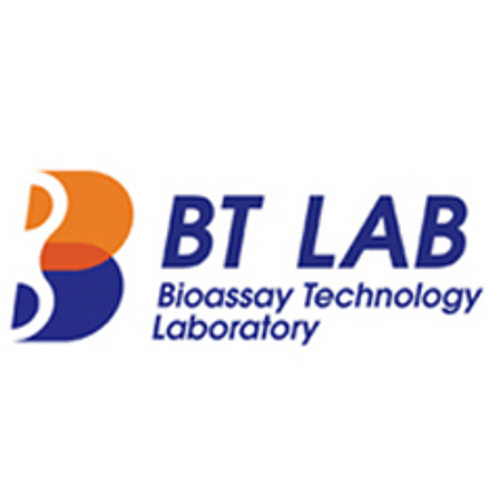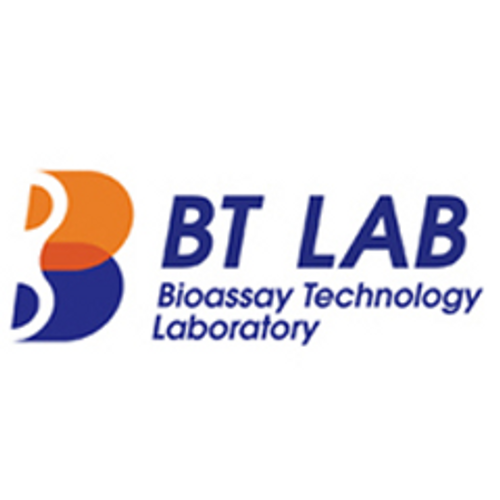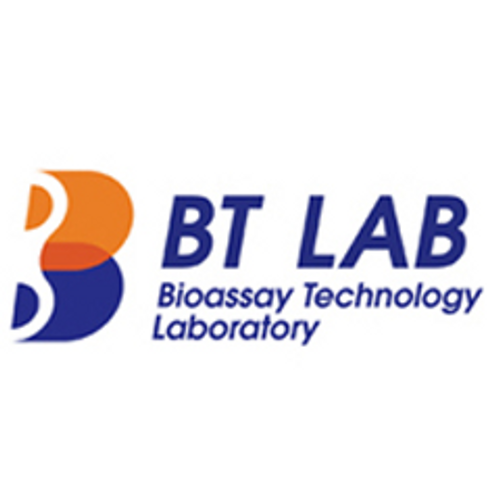Product Description
Rabbit Platelet-Derived Growth Factor AB (PDGF-AB) ELISA Kit | AE28242RB | Abebio
Species Reactivity: Rabbit (Oryctolagus cuniculus)
Abbreviation: PDGF-AB
Alternative Name: N/A
Application: ELISA
Range: 1.56-100 ng/mL
Sensitivity: 0.39 ng/mL
Intra-Assay: ≤3.7%
Inter-Assay: ≤8.1%
Recovery: 0, 8
Sample Type: Serum, Plasma, Other biological fluids
Detection Method: Sandwich
Analysis Method : Quantitive
Test Principale: This assay employs a two-site sandwich ELISA to quantitate PDGF-AB in samples. An antibody specific for PDGF-AB has been pre-coated onto a microplate. Standards and samples are pipetted into the wells and anyPDGF-AB present is bound by the immobilized antibody. After removing any unbound substances, a biotin-conjugated antibody specific for PDGF-AB is added to the wells. After washing, Streptavidin conjugated Horseradish Peroxidase (HRP) is added to the wells. Following a wash to remove any unbound avidin-enzyme reagent, a substrate solution is added to the wells and color develops in proportion to the amount of PDGF-AB bound in the initial step. The color development is stopped and the intensity of the color is measured.
Product Overview: Two types of PDGFRs have been identified: alpha type and beta type PDGFRs. The alpha type binds to PDGF-AA, PDGF-BB and PDGF-AB while the beta type PDGFR binds with high affinity to PDGF-BB and PDGF-AB. Upon activation by PDGF, these receptors dimerise, and are "switched on" by auto-phosphorylation of several sites on their cytosolic domains, which serve to mediate binding of cofactors and subsequently activate signal transduction, for example, through the PI3K pathway. The different ligand isoforms have variable affinities for the receptor isoforms, and the receptor isoforms may variably form hetero- or homo- dimers. This leads to specificity of downstream signalling. It has been shown that the cis oncogene is derived from the PDGF B-chain gene. PDGF-BB is the highest-affinity ligand for the PDGFR-beta; PDGFR-beta is a key marker of hepatic stellate cell activation in the process of fibrogenesis.
Stability: The stability of ELISA kit is determined by the loss rate of activity. The loss rate of this kit is less than 5% within the expiration date under appropriate storage condition. The loss rate was determined by accelerated thermal degradation test. Keep the kit at 37°C for 4 and 7 days, and compare O.D.values of the kit kept at 37°C with that of at recommended temperature. (referring from China Biological Products Standard, which was calculated by the Arrhenius equation. For ELISA kit, 4 days storage at 37°C can be considered as 6 months at 2 - 8°C, which means 7 days at 37°C equaling 12 months at 2 - 8°C) .
 Euro
Euro
 USD
USD
 British Pound
British Pound
 NULL
NULL












